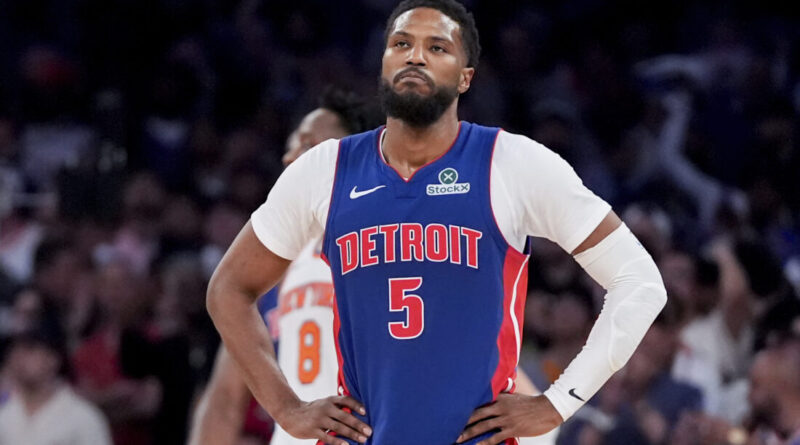How NBA Players’ performance is affected by local lifestyle and culture
Richard Jefferson, a former professional basketball player, recently commented on the unique challenges that NBA athletes may face when relocating to cities like Memphis. His insights showcase the importance of cultural adjustment and the impactful influence of local neighborhoods that possess a distinctive characteristic or ‘vibe.’
On his podcast, Jefferson pointed out that an athlete’s comfort level in a new city can be significantly affected by personal preferences, lifestyle, and the distinctive local environments. Cities like Memphis, home to the Grizzlies, present a unique set of cultural experiences that require adjustment.
Jefferson noted that players may have diverse social inclinations, favoring specific hangouts or social circles. However, acclimating to new cultural surroundings may be disorienting, especially for those who find themselves in largely different socio-cultural environments. For example, a player more accustomed to an urban, mixed demographic may find it challenging to settle in an area defined by smoothie bowls and yogurt shops.
This cultural adjustment takes an even more crucial turn in cities where some locales come with an implicit risk or a contrasting ambiance. Memphis, according to Jefferson, is one such city where exploring specific areas or socializing at certain watering holes can expose one to an unexpected atmosphere.
It’s important to note the unique composition of each NBA host city. Every city has its distinct identity, characterized by a blend of safety levels, activity pace, cultural flavors, and potential off-court distractions that could impact a player’s career progression.
Memphis carries its own unique reputation, particularly marked by higher levels of violence. Its high crime rate, coupled with prevalent gang activities, present potential pitfalls for players unaccustomed to such environments. Yet for those who manage to navigate this cultural whirlwind, the experience could be rewarding in unique ways. Conversely, it can prove damaging to a thriving NBA career.
To bring this point home, look at the trajectory of Ja Morant’s career. His rise to fame encountered numerous challenges, the most notable one being a heavy suspension following an incident where he showcased a weapon on Instagram live. This event severely impacted his professional journey and altered the trajectory of his team.
With Morant absent, the Grizzlies found themselves struggling to make an impact in the Western Conference. As a result, the future of the franchise has become an open-ended question, filled with uncertainty.
In the context of career development and player safety, one might argue that Memphis’s environmental conditions have potentially hampered Morant’s career. Situating his career in a different, less-dangerous city might have led to a significantly different career path.
Jefferson’s commentary wraps into this broader perspective that sports enthusiasts often ignore – the city’s environment matters significantly. The intersectionality of a city’s culture, lifestyle choices, and neighborhood characteristics can shape a player’s off-court life as much as their on-court performance.
In cities like Memphis, the ‘distinctive aura’ has a dual-natured effect. It can either channel the players to produce their best by focusing on their game, or it could cause distractions detrimental to their professional growth. This outcome varies widely across individuals, making the city a perfect fit for some and a challenging phase for others.
The life of an NBA player extends beyond the court; their performance is undeniably linked to their lifestyle, social environment, and how peacefully they can adjust to their surroundings. An unfavorable environment can lead to distractions and adversely affect their focus.
Hence, Jefferson’s insights stress the importance of considering the neighborhoods and cultural aspects when assessing host cities for NBA players. While they may not influence the on-field action directly, the lifestyle and environmental aspects play a significant role in defining an athlete’s overall professional journey.



